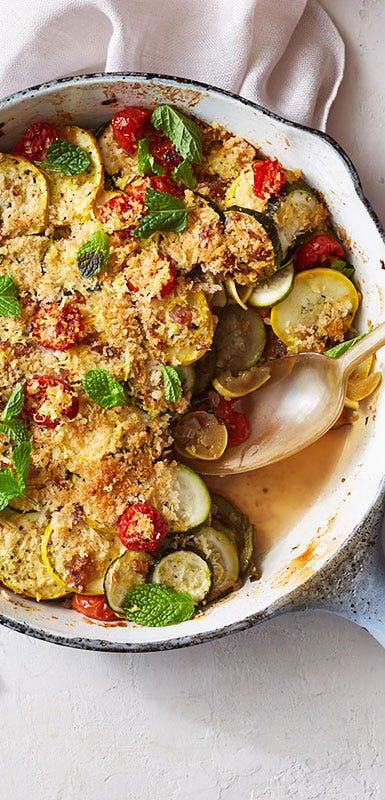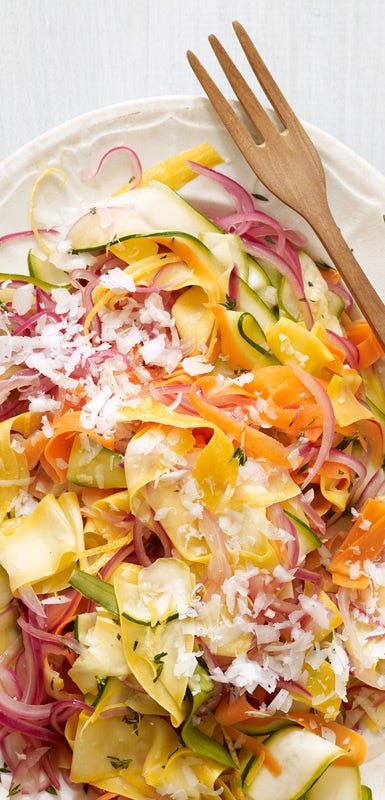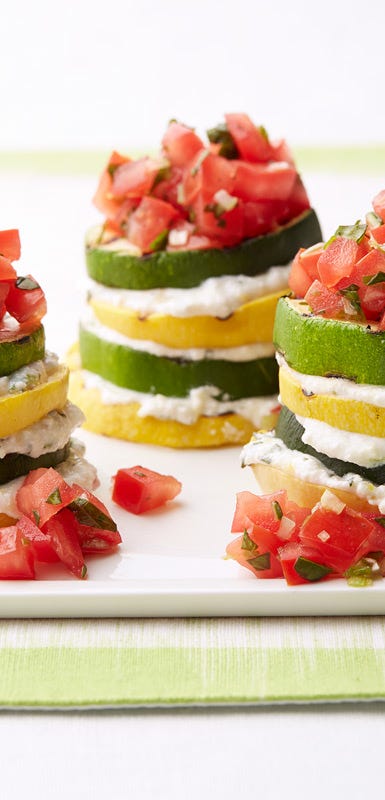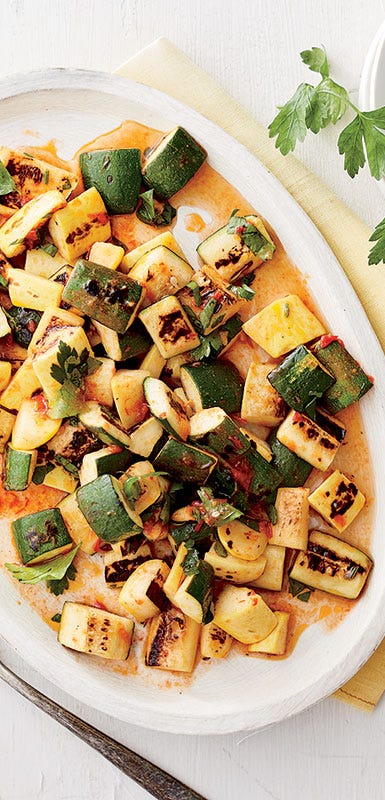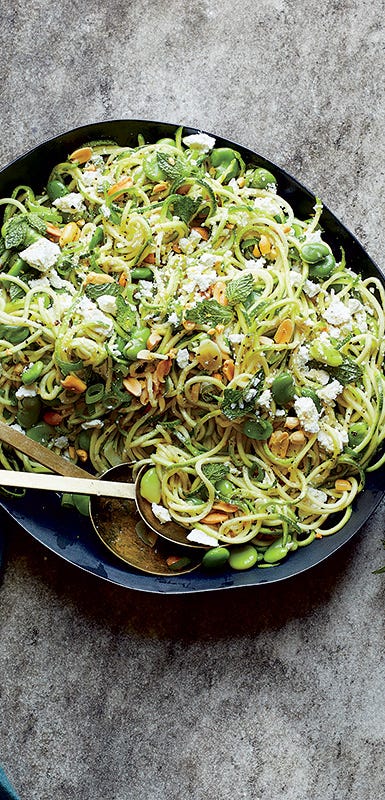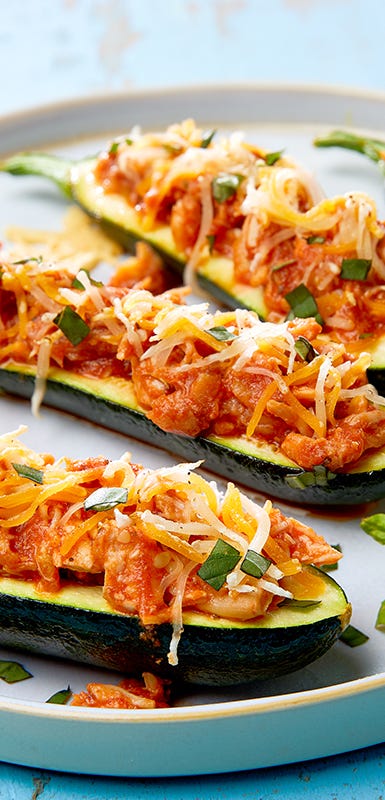Everything you need to know about summer squash
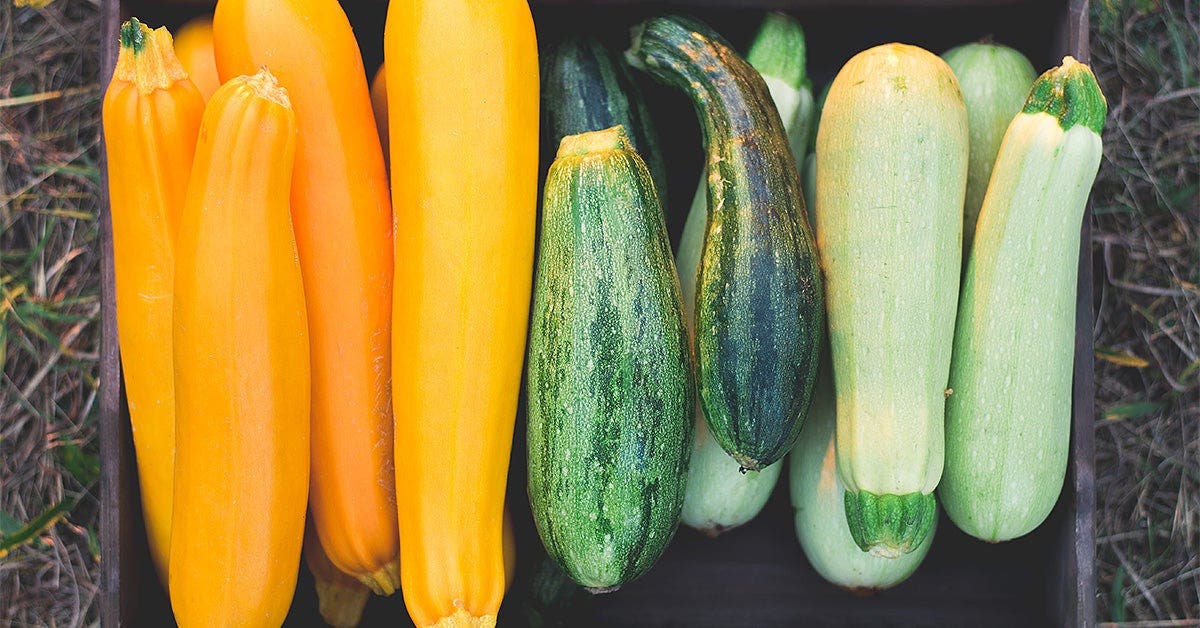
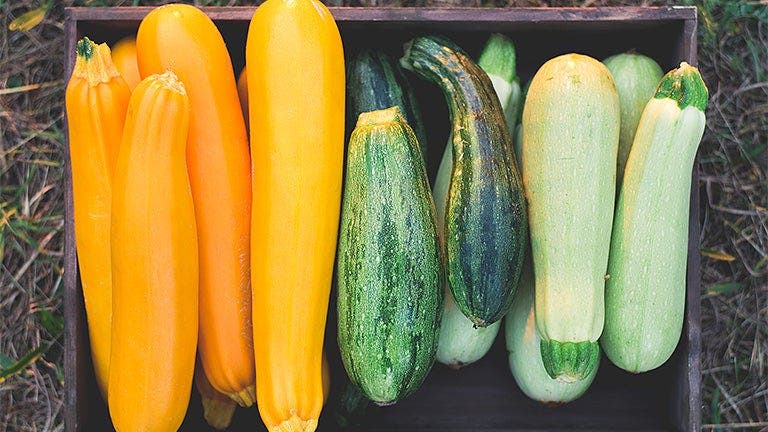
It's no wonder summer squash and its varieties are a mainstay in many WeightWatchers recipes: It's tasty, healthy, and economical. Here's what you need to know about Points®-friendly cooking with the versatile ingredient.
Summer squash basics
- For most summer squash, everything’s edible: the skin, seeds and flesh.
- These are not root-cellar vegetables. They go bad quickly. Eat 'em when you get them!
- They’re quick-cookers—and can even be eaten raw (as opposed to winter squashes like butternut or acorn squash, which must be cooked a long time).
- They’re extremely versatile: They can be eaten as main courses, side dishes, salads, in Chinese dishes, Italian preparations, or curries.
- They’re great in wraps and on top of pizzas.
- They can be baked in quick breads or muffins.
- You haven’t lived until you’ve had pickled summer squash.
- Summer squash is high in fiber.
- While they’re best May through September in North America, they are available all year, despite being called “summer squash.”
Choosing, storing, and prepping summer squash
At the store:
Pick out small- to medium-size vegetables. Larger versions can be fibrous and seedy. Smaller—or even baby—vegetables tend to be sweeter.
- Avoid any with squishy or spongy spots. Gashes will quickly turn to rot; brown spots will quickly overtake the vegetable, rendering it suitable for the compost pile.
- Look for a glossy shine on the skin, not waxy or dull.
- At farmers’ markets, blossoms still attached to the vegetables are a key sign of freshness.
At home:
- Refrigerate summer squash the moment you get them home.
- Set them in tightly sealed plastic bags. Air flow is actually your enemy.
- Keep the vegetables cold.
- Do not wash summer squashes before storage; the extra moisture can turn to slime.
- Do not cut them up before you store them.
- Plan on six days’ storage for summer squashes from a farmers’ market, four days’ storage for those from the grocery store.
- Summer squashes can be frozen for long storage. Cut the vegetables into 1/2-inch-thick slices, blanch in salted water for 2 minutes, transfer to a bowl of ice water, dry thoroughly with paper towels and freeze in plastic zipper bags.
Prepping, cooking, and eating:
- You don’t need to cook summer squash. All varieties can be eaten raw.
- Shred raw summer squash for a taco filling — or as a substitute for shredded lettuce on a burger or a hot dog.
- Shred for a slaw with radishes and jicama. (Squeeze moisture by the handful from the shredded vegetable so it doesn’t water down the dressing.)
- Use a vegetable peeler to make long, wide noodles from summer squash; serve raw tossed with pesto or peanut sauce.
- Substitute diced squash for celery in chicken, tuna, or egg salad.
- Grill thick slices with sliced onion for an easy side dish.
- Marinate slices in vinaigrette before grilling—or even roasting.
- Stir-fry cubed or shredded summer squash with your favorite protein (chicken, pork, shrimp, or beef), thinly sliced scallions, and your favorite stir-fry sauce. But don’t cook them too long. They’ll give off too much moisture and turn the dish soupy.
Squash blossoms
Many varieties of summer squash have edible flowers. Most of us know these can be stuffed and then oven-fried or pan-fried. But they can also be eaten raw — stuffed with herbed, lowfat ricotta cheese or simply shredded into salads.
The flowers are incredibly perishable. Use them the day you buy them. If you’re lucky enough to find squash blossoms, look for perky, open blooms without any browning or withering. Store in a cold place like the fridge immediately without washing. (Wash right before you prepare them.)
Types of squash
Although there are dozens of cultivars and varietals, many with minuscule differences, we've broken the big category of summer squash into six simple subsets.
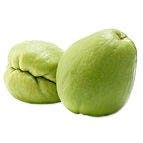 | Chayote Not closely botanically related to the other vegetables here, the chayote is a favorite in Southwestern and Asian cooking. If you could meld cucumber, kohlrabi, and zucchini, you'd come up with its flavor. Chayotes are pale green with a characteristic "puckered grin" on one end or puckered strips down the sides of the vegetable. They can be eaten raw, although the flavor is a tad astringent. The skin is edible but will toughen during cooking; it can be peeled before cooking or even slipped off afterward. Some find the large seed a nutty, slightly bitter delicacy when boiled or roasted; others prefer to do without. |
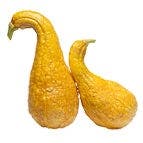 | Crookneck squash Bottle-shaped with a bulbous end and a long neck, this summer squash is common in our North American supermarkets. It's sweet, aromatic, and almost always yellow, although green and even green-and-yellow striped varieties will show up at farmers' markets. Yellow straightneck squashes are a slight variation with (yes) straight rather than crooked necks. Cut crooknecks in half the long way and grill them like steaks! |
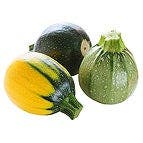 | Globe squash Sometimes called "round zucchini," these pale or dark-green orbs can be very dense, with a thick, meaty flesh, like a drier zucchini. Globe squash can be used exactly as zucchini; however, the round shape is perfect for slicing into even disks to be layered in casseroles or grilled as meatless entrées—or even as veggie "burger" patties! |
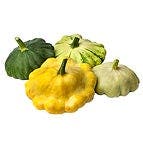 | Pattypan squash Squat, flying-saucer-shaped with a scalloped edge (and thus sometimes called "scaloppini squash"), this squash can be white, yellow, green, striped, mottled, and spotted. The flavor can be nutty and even creamy, although the larger vegetables can be somewhat bland. Stuff and roast them whole—or look for tiny ones that can be salted and served in a bowl like olives or almonds. Or skewer them and grill them as kebabs with your favorite barbecue sauce. |
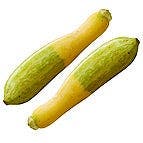 | Zephyr This new hybrid (a mix of yellow crookneck, delicata, and yellow acorn squash) offers a firm flesh that's decidedly sweet. Zephyrs are two-toned, yellow on the neck and green on the bulbous end; the neck can be straight or slightly crooked. Try zephyrs with spicy preparations like stir-fries or with chili rubs to contrast their abundant sweetness. |
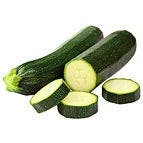 | Zucchini Almost always green—although yellow and striped versions are available—this long, tubular vegetable is perhaps the most versatile summer squash, long a staple in Italian kitchens but now found in most North American homes, too. Its uniform shape allows you to get even rings and chunks. Split a zucchini in half, stuff it, and roast or grill for an elegant meal. You can also use zucchini raw as a replacement for cucumber in just about any preparation; it'll give the dish a slightly more savory, earthy finish. |

